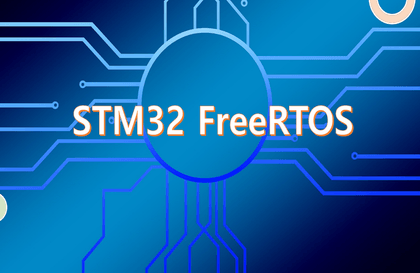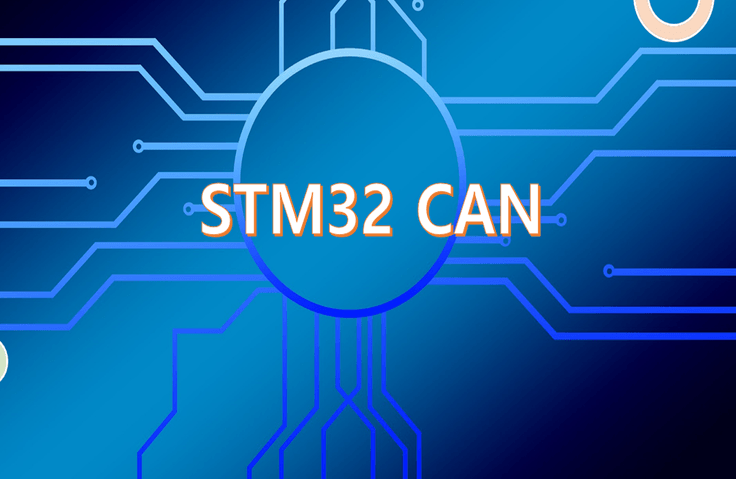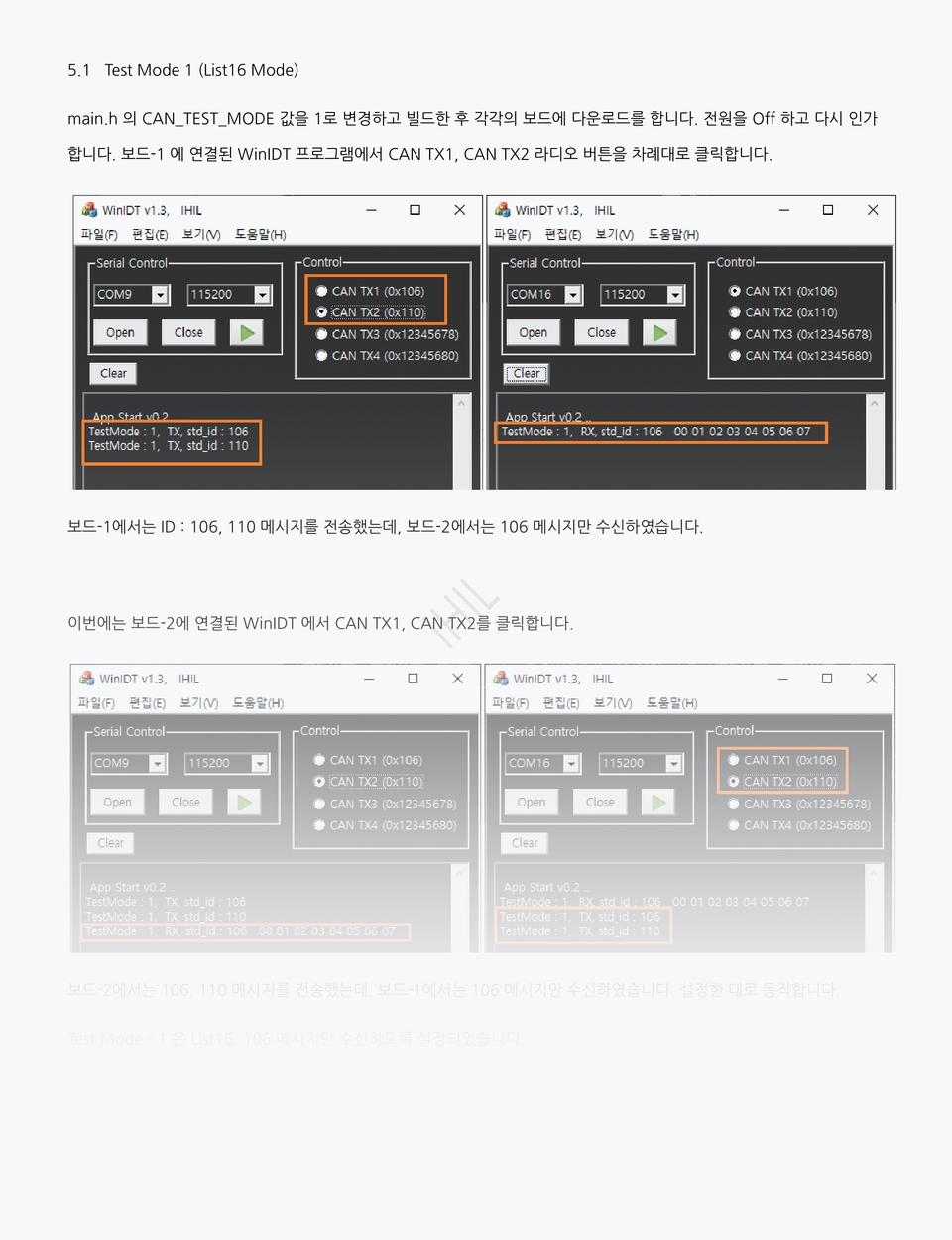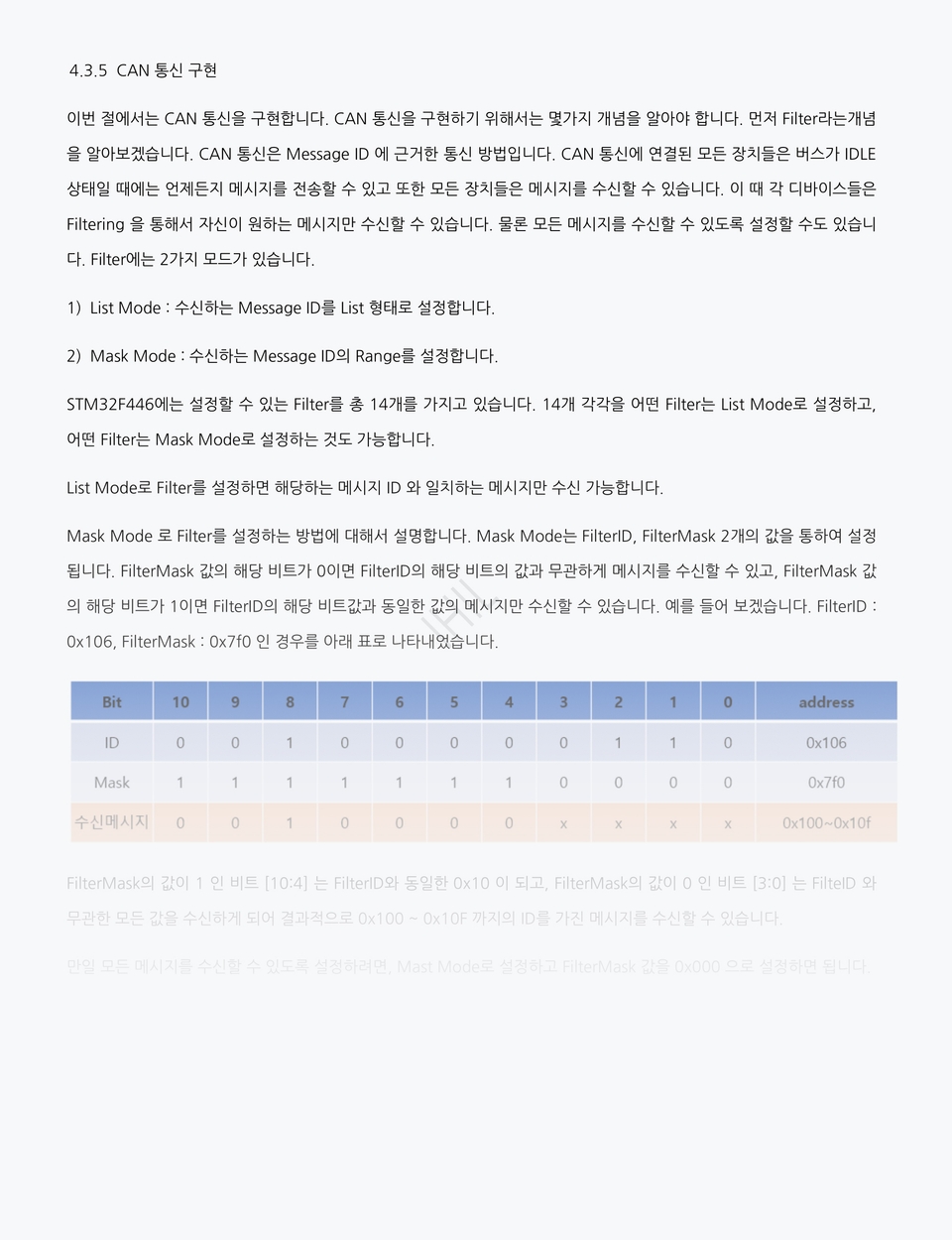
STM32 FreeRTOS Implementation
alex
We will explain in detail how to implement FreeRTOS on STM32 MCU.
初級
FreeRTOS
This is a text-based lecture explaining how to implement CAN communication using STM32 MCU. Become a master of CAN communication implementation.

CAN communication using STM32 MCU
Utilizing STM32 MCU
CAN communication feels vague,
We will guide you from the basics to practical application.
💾 Please check before taking the class!

This lecture explains how to implement CAN communication using the STM32 microcontroller unit (MCU). The first half covers CAN communication with the STM32F446, and the second half covers CAN communication with the STM32H743.
This is a standard communications specification designed to enable microcontrollers and devices to communicate with each other within a vehicle without a host computer. Initially developed for vehicle networks, it is now being widely applied across all industries.
CAN communication is gradually expanding across all industries. However, implementing CAN communication can be challenging, even for those with extensive development experience. This course aims to cover everything about CAN communication, from its concepts to programming methods and applications, and even how to verify results through waveforms.
This course provides detailed instructions, from project creation to source file modification and analysis, to make it easy for even those new to ST MCUs to follow. You'll also use a debugging program to verify the transmission and reception process and results of CAN communication. Measuring and analyzing CAN waveforms will help you understand the CAN protocol.
If you are interested in CAN communication , I hope you will become a master of CAN communication through this lecture.
1️⃣
Easy even for beginners
We explain the entire process, from project creation to program implementation and result verification, so that even those with no experience with STM32 can easily follow along.
2️⃣
So that you can understand the flow
Not only will you gain a comprehensive understanding of CAN communication, you will also gain the ability to utilize CAN communication in practical applications.
3️⃣
Providing detailed information
You can even check CAN communication results through the provided Windows program. (Both source and executable files are provided.)


We will implement data exchange using two NUCLEO-F446RE development boards.
This is a new feature added in version v1.3, which implements data exchange using the STM32F446 board and the STM32H743 board.
This lecture does not cover CAN-FD, but focuses on 2.0A (Standard) and 2.0B (Extended). (CAN-FD will be covered in the next version.) In addition, for practical training, we will use the NUCLEO-F446RE development board provided by ST, and STM32CubeIDE v.10.0 as the compiler tool.
Q. Is there anything I need to prepare to attend the lecture?
This lecture will be conducted on the NUCLEO-F446RE hands-on board. We'll use two boards to verify CAN communication. If you don't have a board, please review the content first and then purchase one later to test it on your board.
Q. What program tools do you use?
We use STMCubeIDE v1.9.0, provided free of charge by ST. Please install it before attending the course.
🎙️ Introducing the knowledge sharer who created the lecture
I've worked as a developer for over 20 years at both large and small companies, and I currently run a small business. I've developed an ISP (Image Signal Processing) ASIC for CCTV, and I've developed numerous FPGA-based products, including OLED inspection equipment and DAQ (Data Acquisition System). Beyond FPGAs, I have extensive experience in software development (STM32, PIC32, AVR, ATMEGA, etc.), circuit design, and Windows programming. I hope my extensive experience will be helpful to you in your learning.
Who is this course right for?
Anyone interested in STM32 MCU
For those who want to implement CAN communication
Need to know before starting?
C language
1,734
Learners
78
Reviews
128
Answers
4.8
Rating
19
Courses
저는 지난 20여년 동안 대기업, 중소기업에서 개발자로 일해왔고
현재는 작은 기업의 대표로 있습니다.
주요 경력사항은
Verilog HDL을 이용한 FPGA 설계
CCTV용 ISP ASIC 개발 (약 10년)
OLED Display 검사장비 개발 (약 3년)
FPGA를 이용한 장비 개발
MCU FW
STM32
PIC32
AVR, ATMEGA
DSP (TI)
Windows Application Program
Visual Studio MFC, C++
입니다.
All
89 lectures
Course Materials:
All
6 reviews
4.3
6 reviews
Reviews 10
∙
Average Rating 5.0
Reviews 1
∙
Average Rating 4.0
Reviews 1
∙
Average Rating 5.0
Reviews 1
∙
Average Rating 5.0
Reviews 4
∙
Average Rating 4.8
5
This is a great course for learning CAN communication. It was very helpful because I was at a loss. It was also great that the Q&A was answered quickly.
It is good to know the basic concepts and approach to CAN communication. Thank you for finding the lecture helpful. I hope you become a good developer. Thank you~!!
$17.60
Check out other courses by the instructor!
Explore other courses in the same field!